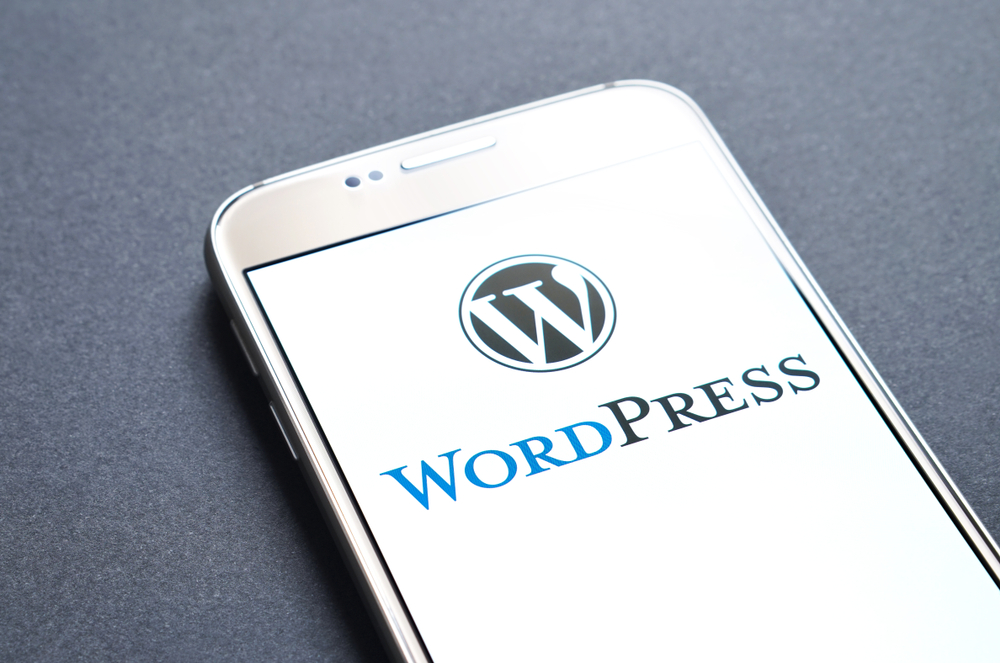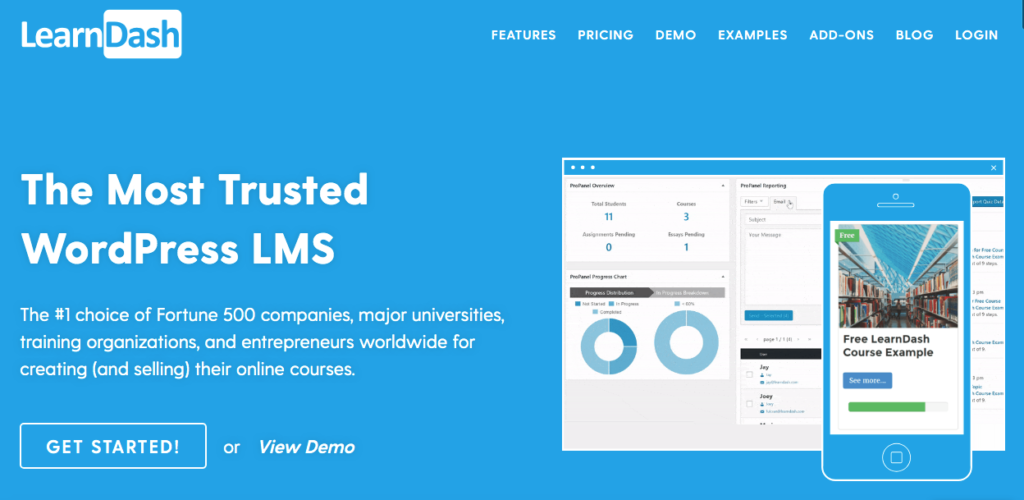App store ratings should be considered very important to app developers and marketers.
It’s a big pool of apps in the mobile tech world and it can feel like your app is the smallest fish. App store optimization is one tool in your arsenal for making your product stand out, so let’s have a look at the factors that have the biggest effect on how you rank.
User reviews
First and foremost, when it comes to any app store rating, user reviews are the beginning and end.
Your overall app store rating is the average of all user reviews.
In Apple’s App Store, this is accumulated from your app’s very first release.
However, in the Google Play Store, this is based on the reviews for the latest version of your app.
Apple also gives the option, with each new app update, to reset your total app rating.
User reviews are really the ultimate drivers of your app’s rating in the store.
We won’t leave you hanging there – we have tips on getting good user reviews on our blog, too.
Optimization

Your app’s level of optimization makes a clear statement in where it will stand in the app store.
When optimizing your app for the app store, focus on user experience (according, to TechCrunch, usage and engagement statistics matter to Google), the right keywords and amount of them, plus attractive and informative screenshots.
This is all the stuff you’re going to be writing and uploading into the various forms and fields when you are working through the publishing process.
Keywords are endlessly important.
Both App stores pay great attention to them; the Apple store even gives the keywords field priority over your app’s description text.
App store user interactions

App Developers for iOS mobile are able to view their rating scores in the App Store within Apple iTunes Connect.
While you’re unable to delete app reviews, which would not be recommended anyway, you can respond to them.
When responding to any of these reviews, the best practice is to follow certain etiquette.
Your replies should be:
- Prompt, timely
- Relevant
- Focused on the lowest rating (ie, the biggest problem) then moving upward (positive reviews deserve acknowledgement as well)
- Considerate – response length and details matter
- Consistent with your brand language and customer service behaviour
- Void of foul language, spam content, and requests for or mentioning of personal info
Failing to follow these standards could result in users reporting your response, leading to worse fates such as your app store rating being negatively impacted or even Apple’s Developer program removing your product altogether.
Simplicity

Users are the people who use your app.
Keyword here, people. Always remember they’re human too.
Humans enjoy convenience and efficiency.
We hate being confused and are easily frustrated.
Making your app’s user interface as simple as possible, intertwined with the expected functionality, serves as a significant impact on your app store rating.
Trends

Taking note of local and global trends in the app world goes a long way.
For example, the mobile tech world is growing hungry for offline functionality.
Apps that feed this need in their user experience garner better app store ratings by supplying the market with what’s in high demand.
Anticipating consumer needs before they ask you creates a connection between developer and user that is sure to be reflected your app store rating.
Your app store rating can be a source of joy or worry.
Even though a poorly rated app doesn’t necessarily equate to a ‘bad’ app, it sure gets treated like one.
Making sure your app store rating reflects well on your app takes effort.
Though it would be nice to sit back and let your app passively earn its keep, these factors require some close monitoring and thoughtful action.
Don’t cut corners here!
Now, this is one of many tools in your kit for maximizing profits from your mobile app. We have a slew of general tips for app monetization you should check out here, too.










